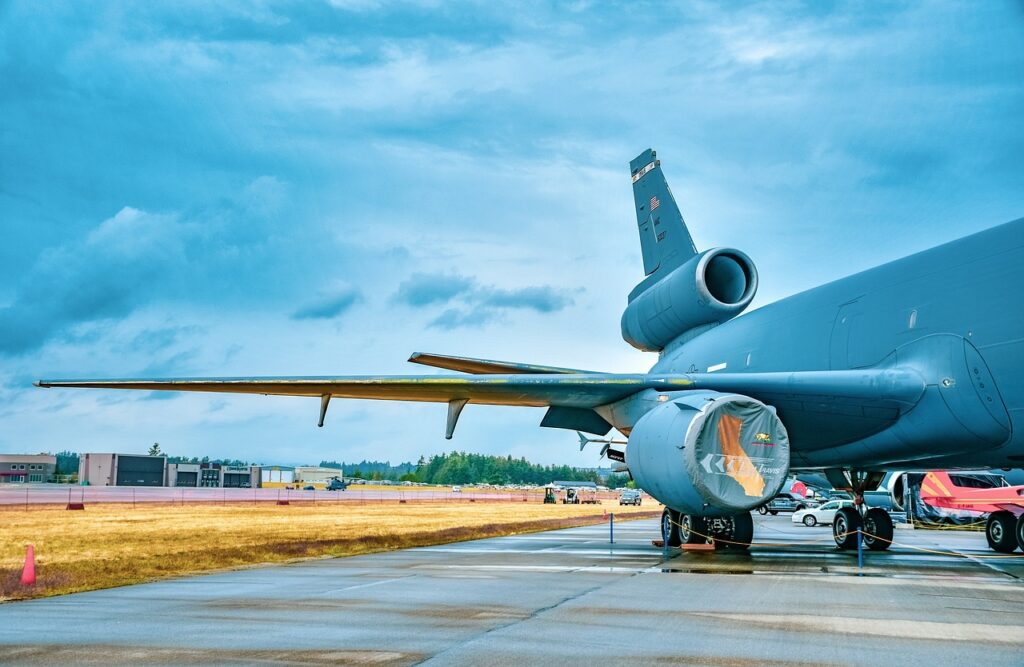Aerospace design is full of challenges, from safety requirements to budget constraints; the design of aircraft structures or components puts designers to the test. The upside of this is that aerospace is a constantly evolving sector; from design processes to manufacturing, the industry is at the forefront of innovation.
In this post, we look at some of the common design challenges in aerospace, and the techniques, technologies, and expertise needed to overcome them.
Common Aerospace Design Challenges
In the aerospace design industry, there are multiple design challenges due to performance requirements, environmental factors, and of course, budgets. Here are some of the most common design challenges when designing for planes, jets or rotorcraft.
Weight reduction: material selection is a constant challenge in aerospace design as materials used for airframes and components must be lightweight, yet strong enough to withstand extreme environmental factors. Planes need to be lightweight to increase fuel efficiency – a growing concern in the last few decades. When considering materials for an airframe, payload capacity also needs to be considered – the total designed weight of a craft has to take into account the weight after occupants, cargo, and baggage are on board.
Performance optimisation: ever since the first planes took to the sky, designers have strived to make them more efficient and of course, safe. Pushing innovation forward, designers are always looking for ways to increase aerodynamic efficiency, manoeuvrability, and sometimes specific performance targets – particularly when working in the military and defence sectors.
Safety and reliability: whenever aerospace designers have their heads together to solve challenges, safety and reliability have to be the number one consideration. There is little sense in creating machines that are lightweight and super-fast yet aren’t particularly safe! This is why, engineers will rigorously test designs and ensure they meet regulations before they are brought to life.
Cost-effectiveness: designers also must consider client budgets when designing. Every project, including repairs and upgrades, will have a specific budget and it’s a designer’s job to come up with solutions that meet any of the points above and are within the specified budget.
Manufacturability: finally, aerospace designers must also consider manufacturing challenges when creating new solutions. Manufacturing for the aerospace industry requires a high degree of precision and adherence to specifications. A designer must consider how, and where components will be manufactured, whether it’s feasible, and within budget.
Strategies for Overcoming Design Challenges
Aerospace designers have a range of technologies, techniques and strategies at their disposal to meet design challenges in the industry.
One of those is the use of the iterative design process. Iterative design is used extensively in the aerospace industry as it allows for the production of prototypes and their continuous refinement. Using a range of technologies at Airframe Designs, we produce digital models or additive-manufactured prototypes, allowing our engineers to work with clients to improve designs until the desired solution is found.
This process helps us meet several challenges – refining designs before manufacture is more cost-effective, helping clients meet budgets, and allowing us to explore more options to find the right solution.
Aerospace designers have access to some of the most sophisticated design tools to streamline processes, here at Airframe Designs we typically use CATIA (Computer Aided Three-Dimensional Interactive Application) in design projects. CATIA is more comprehensive than simple CAD, incorporating CAE (Computer-Aided Engineering) and CAM (Computer-Aided Manufacture). We have also just started to incorporate Siemens NX into our work.
Additive manufacturing (3D printing) also plays a role in meeting design challenges in the aerospace industry. Additive manufacturing can be used in the production of prototypes and trial-fit mock-ups. We also have the capability at Airframe Designs to produce lightweight tooling using 3D printing. This can significantly help with manufacturing costs and lead times.
Designers also have a key role to play in material selection. The right materials must be chosen for a project to achieve the desired properties and performance. The choice of innovative materials available today makes this task easier, with the use of lightweight composite materials and even plastics with special properties such as high heat tolerance.
Finally, the design process is aided by collaboratively working with other partners. This is particularly common in the aerospace industry where designers will collaborate with engineers, scientists, technicians, and manufacturing experts. As well as having our own in-house design, engineering, analysis, and manufacturing capabilities, we collaborate extensively with expert partners so that we can meet and exceed any design challenge.
Airframe Designs
Hopefully, this post gave you a little insight into the most common aerospace design challenges and some of the innovative solutions designers use.
At Airframe Designs our design capability stretches across mechanical structures, tooling, and test rigs. Our specialist team bring extensive experience in CAD modelling from concept to first article inspection. We can provide complete design services to clients, or act in partnership where support is required.
Whatever design challenges you or your team have, get in touch to see how we can overcome them and help you meet your project goals.


